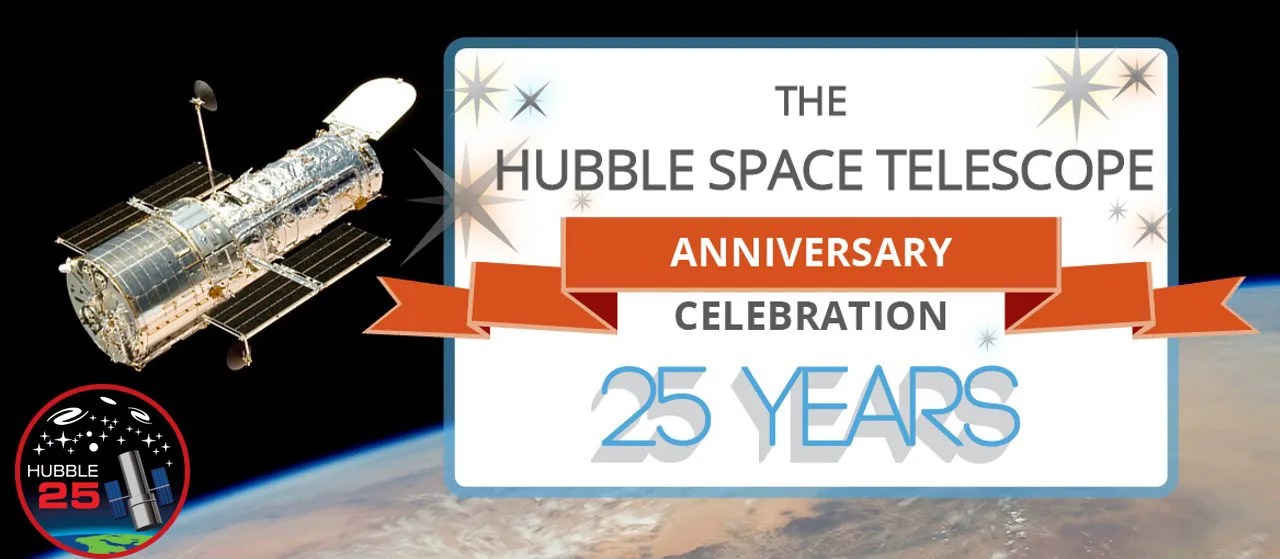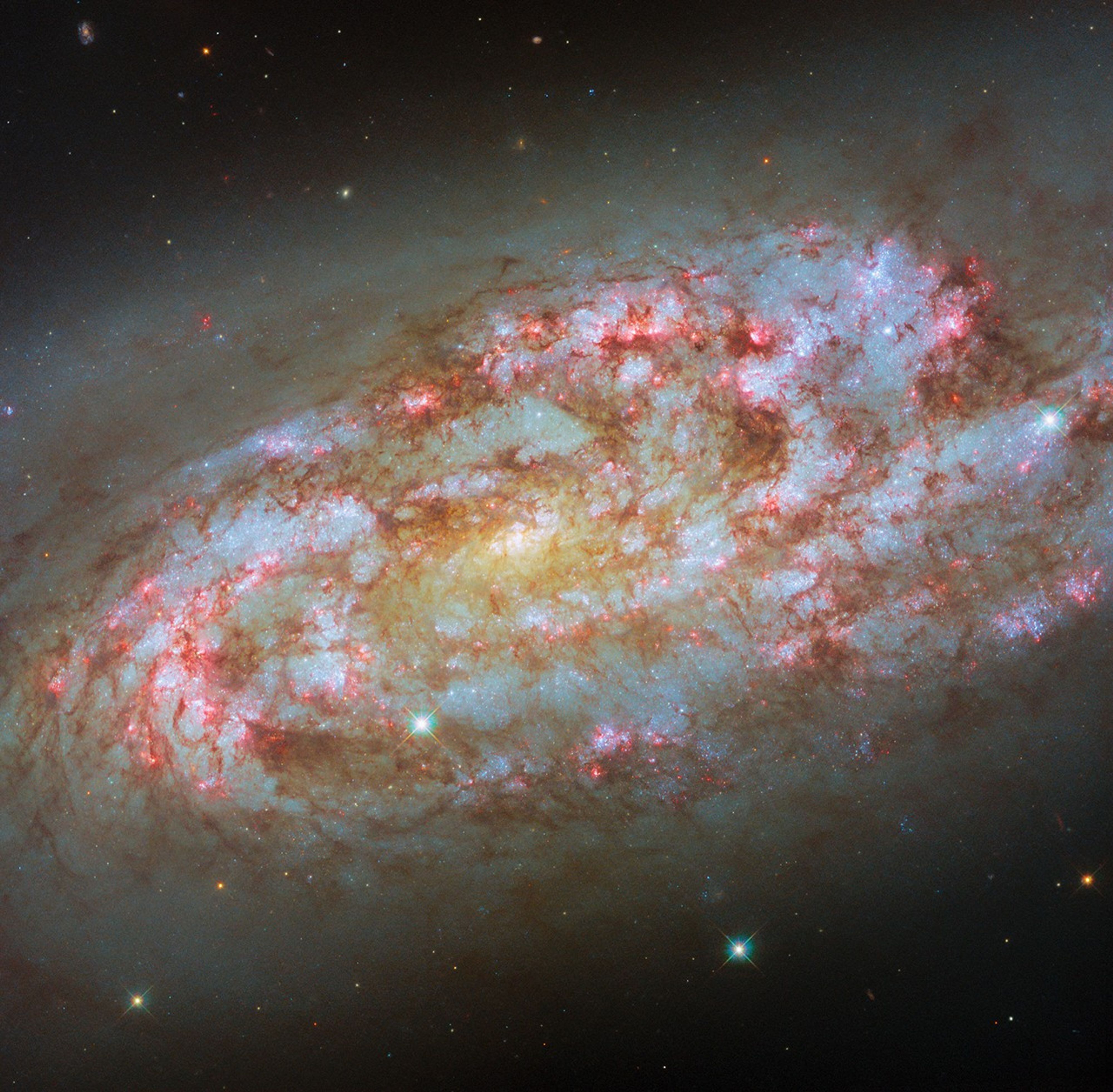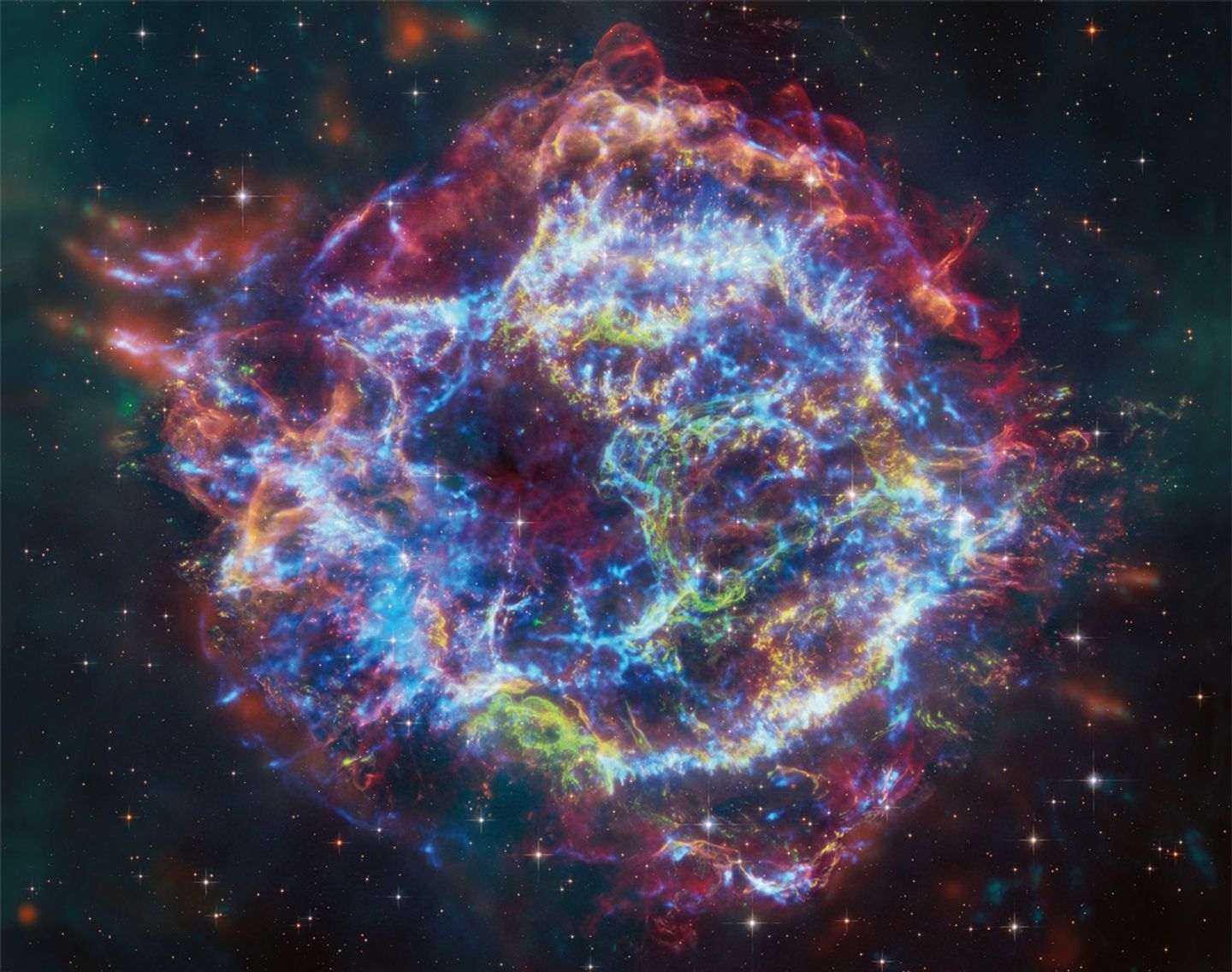NASA’s Hubble Space Telescope celebrates 25 years of science this April 2015, and there are a lot interesting facts that the average Hubble fan may not know about the famous telescope.
NASA named the world's first space-based optical telescope after American astronomer Edwin P. Hubble (1889—1953). Dr. Hubble confirmed an "expanding" universe, which provided the foundation for the Big Bang theory.
There are a lot of statistics about the Hubble from specifications to data statistics to various servicing missions that helped extend the space telescope's life and enhance the telescope's abilities.
Some Hubble Statistics:
Mission
Launch: April 24, 1990 from space shuttle Discovery (STS-31)
Deployment: April 25, 1990
Mission Duration: Up to 20 years
Servicing Mission 1: December 1993
Servicing Mission 2: February 1997
Servicing Mission 3A: December 1999
Servicing Mission 3B: February 2002
Servicing Mission 4: May 2009
Size
Length: 43.5 feet (13.3 m) -- the length of a large school bus.
Weight: At Launch: ~24,000 lbs. (10,886 kg)
Post SM4: ~27,000 lbs. (~12,247 kg)
Maximum Diameter: 14 feet (4.2 meters)
Spaceflight Statistics
Low-Earth Orbit: Altitude of 340 miles (295 nautical miles, 547 km, inclined 28.5 degrees to the equator (low-Earth orbit)
Time to Complete One Orbit: ~95 minutes
Speed: ~17,000 mph (27,300 kph)
Optical Capabilities
Sensitivity to Light: Ultraviolet through infrared (115—2500 nanometers)
First Image
May 20, 1990: Star Cluster NGC 3532
Data Statistics
Hubble transmits about 140 gigabits of raw science data every week.
Power Needs
Energy Source: The sun
Mechanism: Two 25-foot solar panels
Power generation (in sunlight): ~5,500 watts
Power usage (average): ~2,100 watts
Pointing Accuracy
In order to take images of distant, faint objects, Hubble must be extremely steady and accurate. The telescope is able to lock onto a target without deviating more than 7/1000th of an arcsecond, or about the width of a human hair seen at a distance of 1 mile.
Hubble's Mirrors
Primary Mirror Diameter: 94.5 in (2.4 m)
Primary Mirror Weight: 1,825 lbs. (828 kg)
Secondary Mirror Diameter: 12 in (0.3 m)
Secondary Mirror Weight: 27.4 lbs. (12.3 kg)
Power Storage
Batteries: 6 nickel-hydrogen (NiH)
Storage Capacity: equal to 20 car batteries
The Hubble has amazing capabilities and made many amazing discoveries. Here are some of them:
- Hubble has made more than 1.2 million observations since its mission began in 1990.
- Astronomers using Hubble data have published more than 12,800 scientific papers, making it one of the most productive scientific instruments ever built.
- Hubble does not travel to stars, planets or galaxies. It takes pictures of them as it whirls around Earth at about 17,000 mph.
- Hubble has traveled more than 3 billion miles along a circular low Earth orbit currently about 340 miles in altitude.
- Hubble has no thrusters. To change pointing angles, it uses Newton’s third law by spinning its wheels in the opposite direction. It turns at about the speed of a minute hand on a clock, taking 15 minutes to turn 90 degrees.
- Hubble has the pointing accuracy of .007 arc seconds, which is like being able to shine a laser beam on a dime 200 miles away.
- Outside the haze of our atmosphere, Hubble can see astronomical objects with an angular size of 0.05 arc seconds, which is like seeing a pair of fireflies in Tokyo from your home in Maryland.
- Hubble has peered back into the very distant past, to locations more than 13.4 billion light years from Earth.
- The Hubble archive contains more than 100 Terabytes, and Hubble science data processing generates about 10 Terabytes of new archive data per year.
- Hubble weighed about 24,000 pounds at launch and currently weighs about 27,000 pounds following the final servicing mission in 2009.
For more information, go to www.nasa.gov/hubble or www.hubble25th.org
Contacts:
Rob Gutro
NASA's Goddard Space Flight Center, Greenbelt, Md.



































